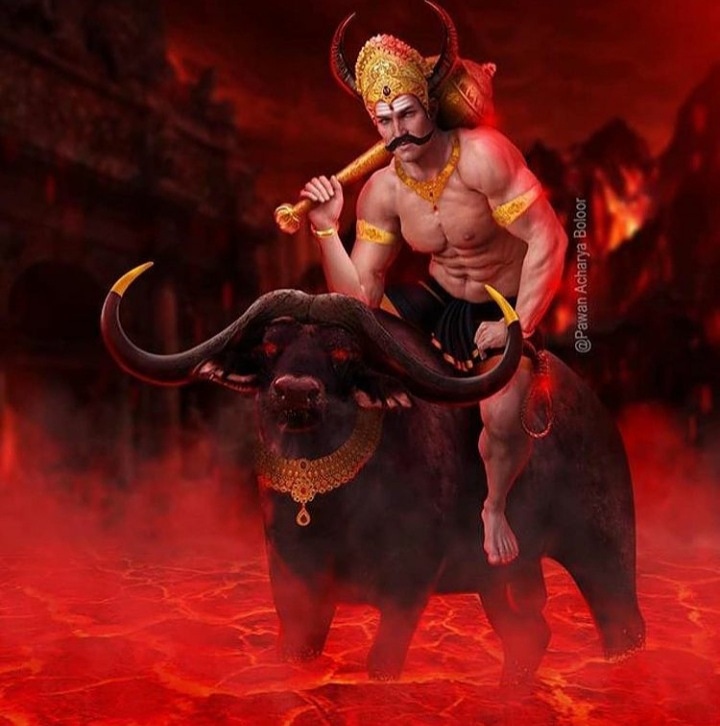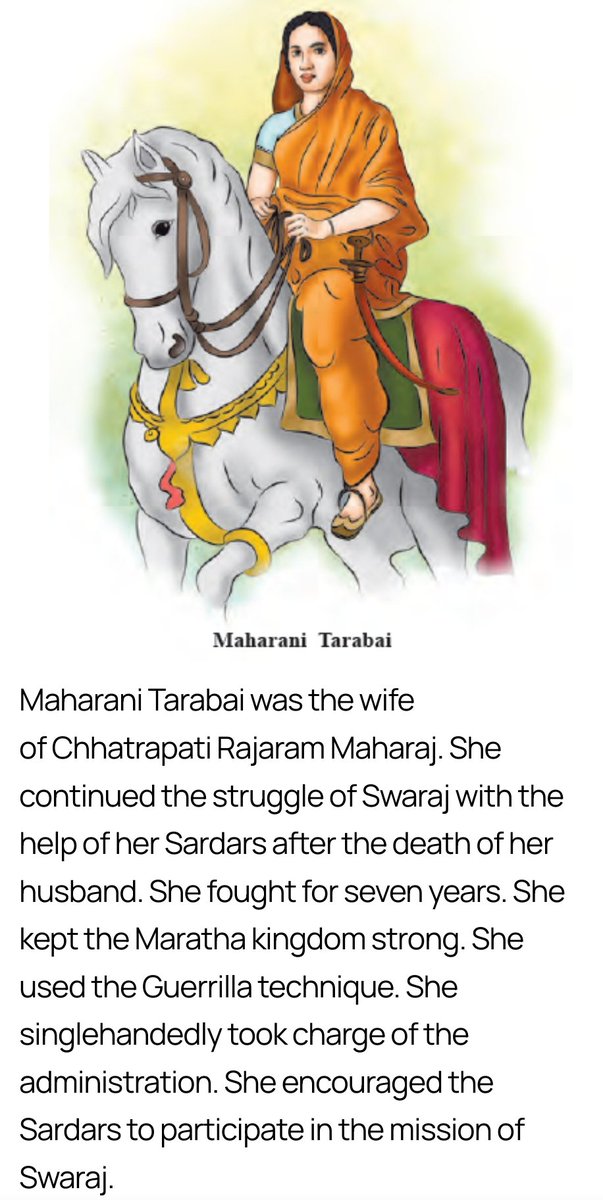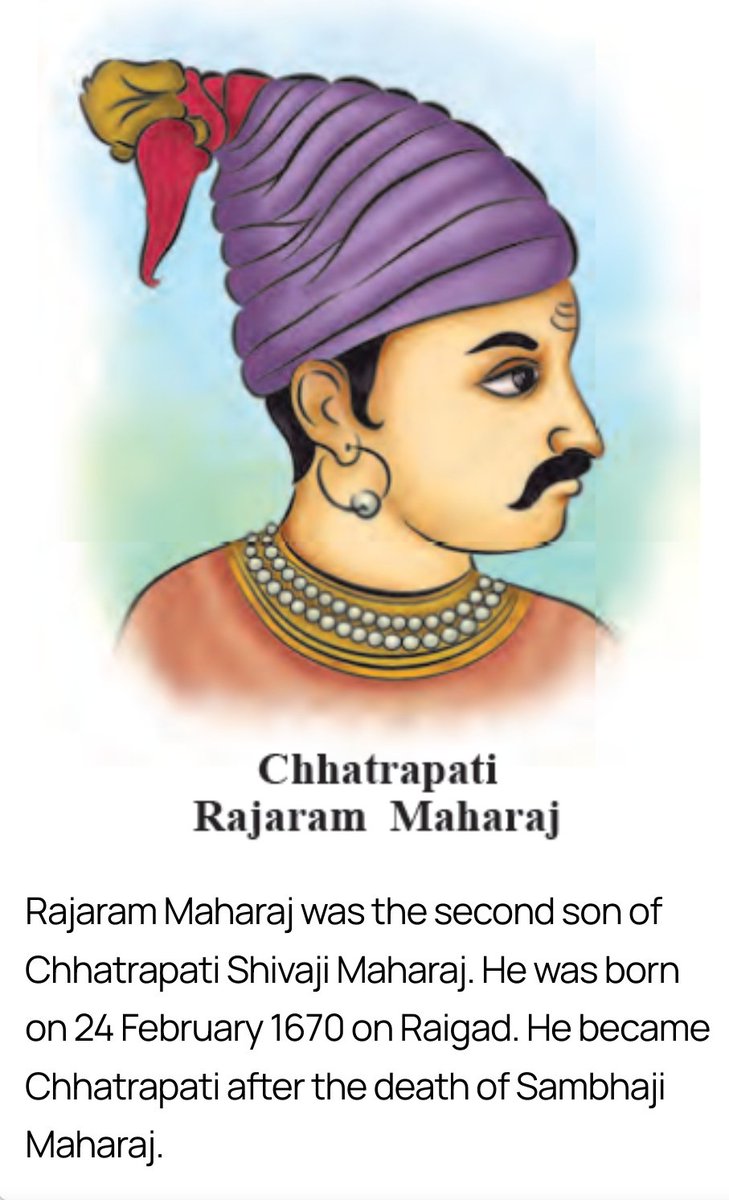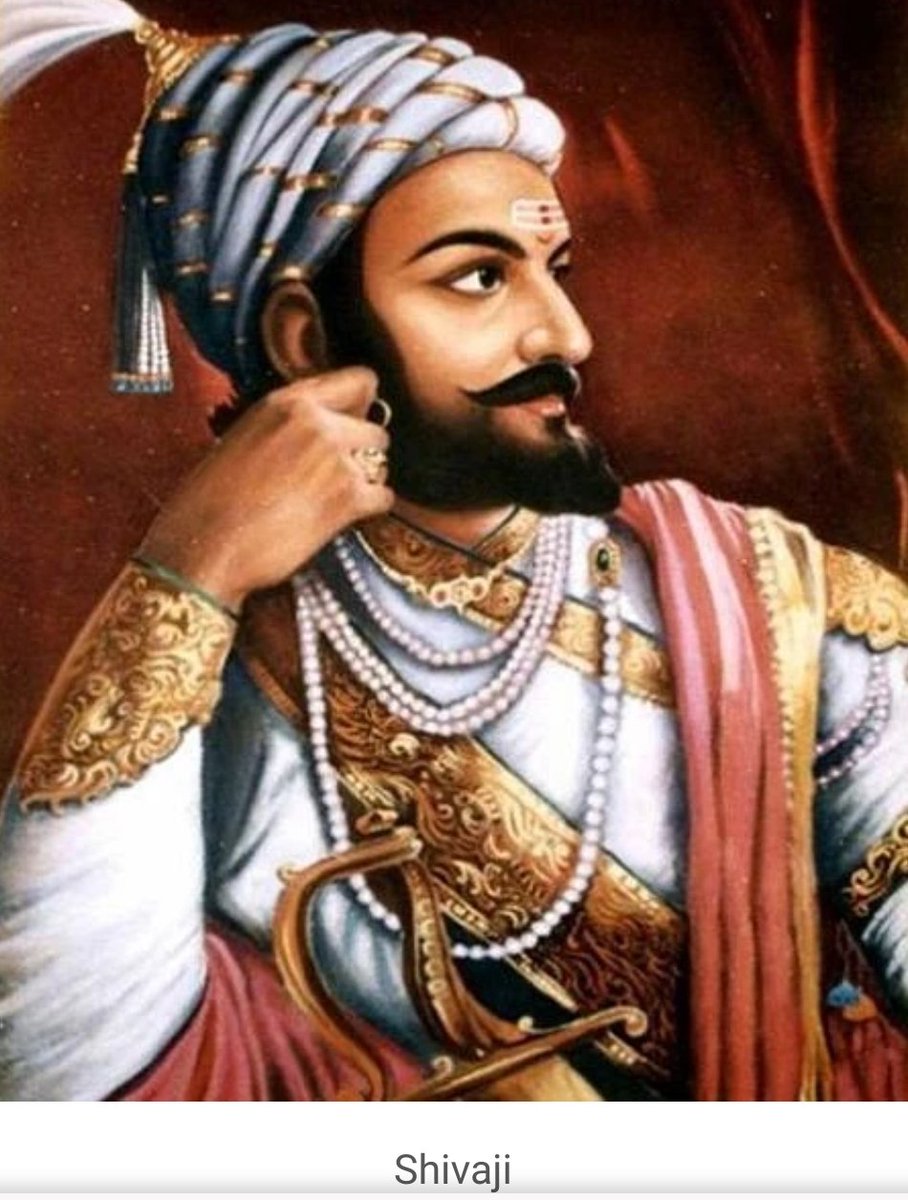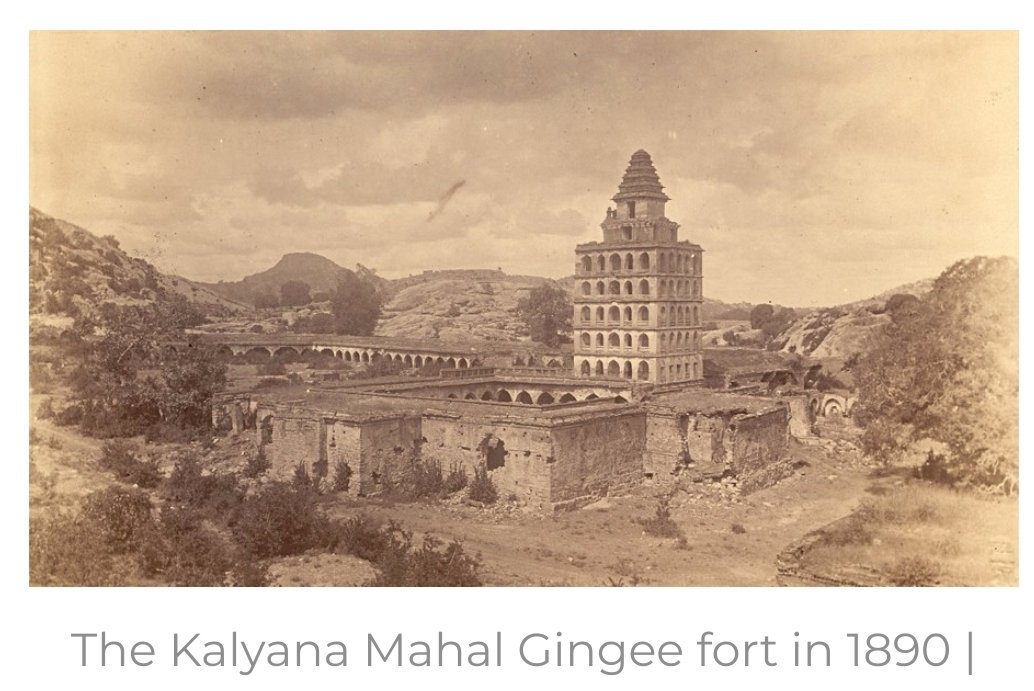In Brahm Puran, Brahma preached this to Marichi. So this Puran of ten thousand shlokas is called Brahm Puran.
STORY OF PURANAS AND SUB PURANA (उप पुराण).
We have already gone through the series on importance & characteristics of all the eighteen Purans. We also know that originally there were hundred crore shlokas but were divided by Vyas in each Kalp and was compiled as eighteen Purans
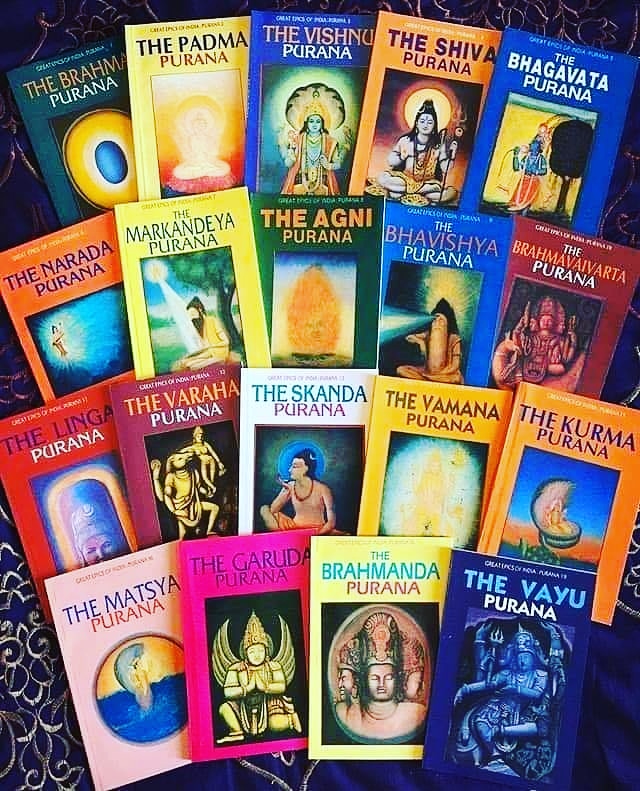
In Brahm Puran, Brahma preached this to Marichi. So this Puran of ten thousand shlokas is called Brahm Puran.
Vishnu Puran is primarily based in Varah kalp. This book is on Vishnu and this book has twenty three thousand shlokas.
In Bhagwat Puran, which is written with the base of Gayatri mantra describes Dharma extensively. It has 18000 shlokas. It also mentions the story of Vritrasur.
Markandeya Puran has nine thousand shlokas and here it is through the birds that Dharma is described.
In Bhavishya Puran, based in Aghor Kalp, Brahma preaches to Manu about the importance of Surya and foresees the future or bhavishya happenings. It has 14500 shlokas.
In Vamaan Puran Brahma describes the importance of Trivikrampur through Dharma, Arth and Kaam. It has ten thousand shlokas.
In Matsya Puran, in the very beginning, Bhagwan in the form of Matsya/fish encourages the Rishis,
Garud Puran describes the origin of Universe as told by Vishnu to Garud. Based in Garud Kalp, this book has 18000 shlokas.
In Brahmand Puran Brahma describes the future Kalps. It has twelve thousand shlokas.
The Sub Purans are as follows
Sanat Kumar
Narsingh
Skand
Nandishwar
Durvaasa
Narad
Kapil
Manu
Ushna
Brahmand
Varun
Kalika
Maheshwar
Saamb
Saur
Parashar
Marichi
Bhargav
So this way we get to know the importance of some in these sub purans.
Instagram link 👇
https://t.co/pidcghlLSe
Facebook link👇
https://t.co/EVyZz1frHQ
https://t.co/A6sXofFJZC
#THREAD
— Anshul Pandey (@Anshulspiritual) January 10, 2021
PURANAS.
SO I HAVE INCLUDED ALL THE PURANAS IMPORTANCE AND CHARACTERISTICS
From BRAMHA PURAN to BRAHMANDA PURAN
This thread is for those ppl who missed my PURAN series. All the Puranas are included in the below thread.
So lets start..... pic.twitter.com/4R9myViMn7
https://t.co/emKZTtHNw9
More from Anshul Pandey
More from Religion
Many RW Hindus with confused identity think that Hinduism accepts Atheists.
What do some of the Hindu sacred texts say on this topic? Let's see.

Shri Krishna was 100% clear on importance of Shaastras as we already know.

Shri Rama was also clear on what should be done to atheists.
Ayodhya Kanda of Valmiki Ramayana.
https://t.co/lbCkEkPobA

Maharaaj Manu on Atheists.

Bhagvan Ved Vyas Ji in Shanti Parva of Mahabharata said this to his son Shukadeva regarding Atheists.

You May Also Like
RT-PCR corona (test) scam
Symptomatic people are tested for one and only one respiratory virus. This means that other acute respiratory infections are reclassified as
4/10
— Dr. Thomas Binder, MD (@Thomas_Binder) October 22, 2020
...indication, first of all that testing for a (single) respiratory virus is done outside of surveillance systems or need for specific therapy, but even so the lack of consideration of Ct, symptoms and clinical findings when interpreting its result. https://t.co/gHH6kwRdZG
2/12
It is tested exquisitely with a hypersensitive non-specific RT-PCR test / Ct >35 (>30 is nonsense, >35 is madness), without considering Ct and clinical context. This means that more acute respiratory infections are reclassified as
6/10
— Dr. Thomas Binder, MD (@Thomas_Binder) October 22, 2020
The neither validated nor standardised hypersensitive RT-PCR test / Ct 35-45 for SARS-CoV-2 is abused to mislabel (also) other diseases, especially influenza, as COVID-19.https://t.co/AkFIfTCTkS
3/12
The Drosten RT-PCR test is fabricated in a way that each country and laboratory perform it differently at too high Ct and that the high rate of false positives increases massively due to cross-reaction with other (corona) viruses in the "flu
External peer review of the RTPCR test to detect SARS-CoV-2 reveals 10 major scientific flaws at the molecular and methodological level: consequences for false positive results.https://t.co/mbNY8bdw1p pic.twitter.com/OQBD4grMth
— Dr. Thomas Binder, MD (@Thomas_Binder) November 29, 2020
4/12
Even asymptomatic, previously called healthy, people are tested (en masse) in this way, although there is no epidemiologically relevant asymptomatic transmission. This means that even healthy people are declared as COVID
Thread web\u2b06\ufe0f\u2b07\ufe0f
— Dr. Thomas Binder, MD (@Thomas_Binder) December 16, 2020
The fabrication of the "asymptomatic (super) spreader" is the coronation of the total nons(ci)ense in the belief system of #CoronasWitnesses.
Asymptomatic transmission 0.7%; 95% CI 0%-4.9% - could well be 0%!https://t.co/VeZTzxXfvT
5/12
Deaths within 28 days after a positive RT-PCR test from whatever cause are designated as deaths WITH COVID. This means that other causes of death are reclassified as
8/8
— Dr. Thomas Binder, MD (@Thomas_Binder) March 24, 2020
By the way, who the f*** created this obviously (almost) worldwide definition of #CoronaDeath?
This is not only medical malpractice, this is utterly insane!https://t.co/FFsTx4L2mw
















